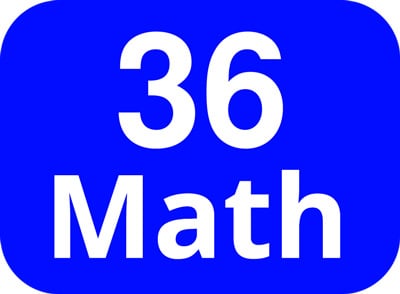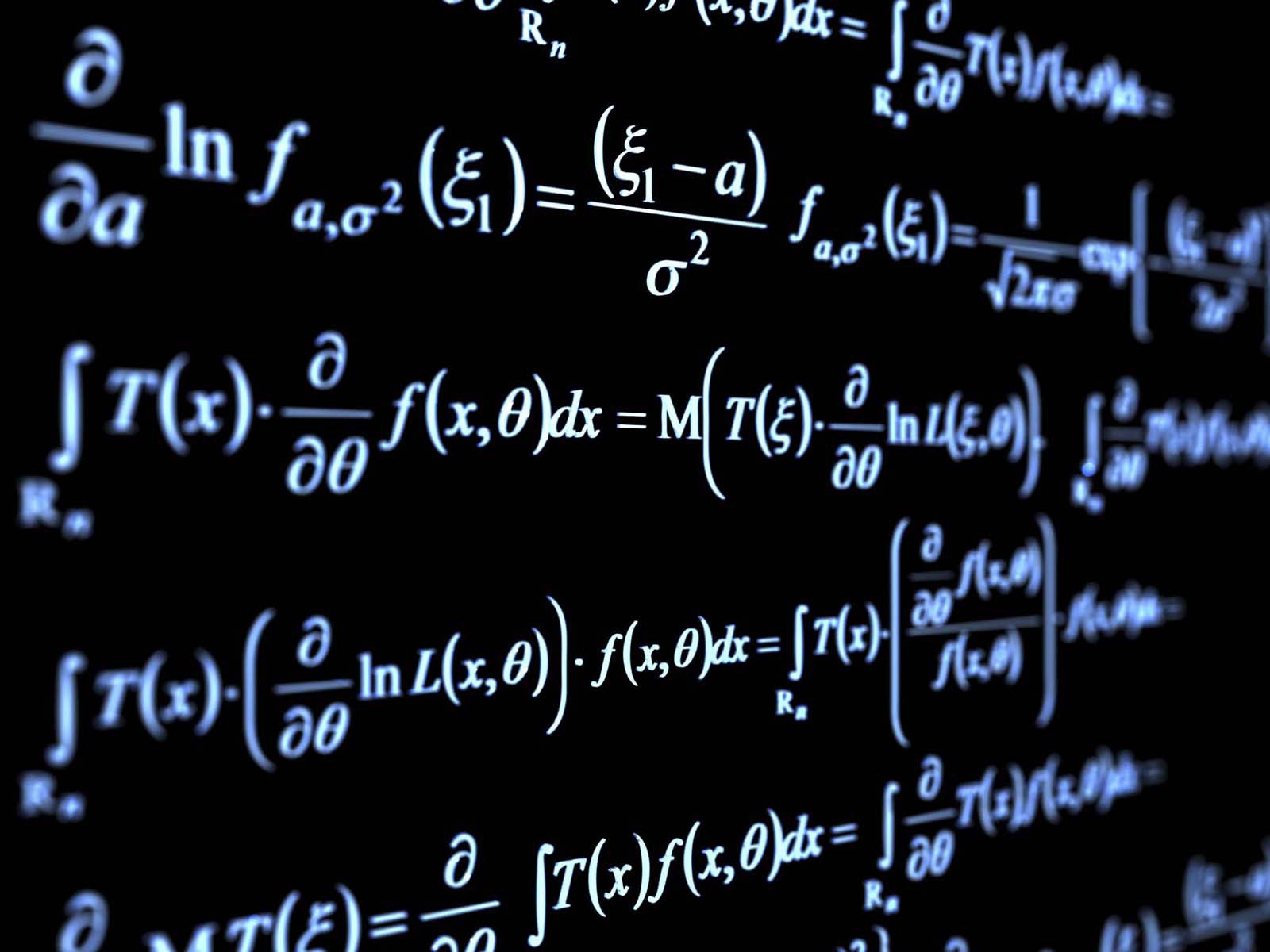Inequality questions come in a variety of shapes and forms on the ACT, but, no matter their form, you will see approximately three inequality questions on any given test. This means that inequality questions make up 5% of your overall ACT math test. Now, 5% of your test might not sound like a lot, but with only a quick brush-up on inequalities, that's an additional 5% of your questions that you're bound to rock!
This will be your complete guide to inequalities on the ACT: what they are, the different types of ACT math problems on inequalities, and how to solve them.
























